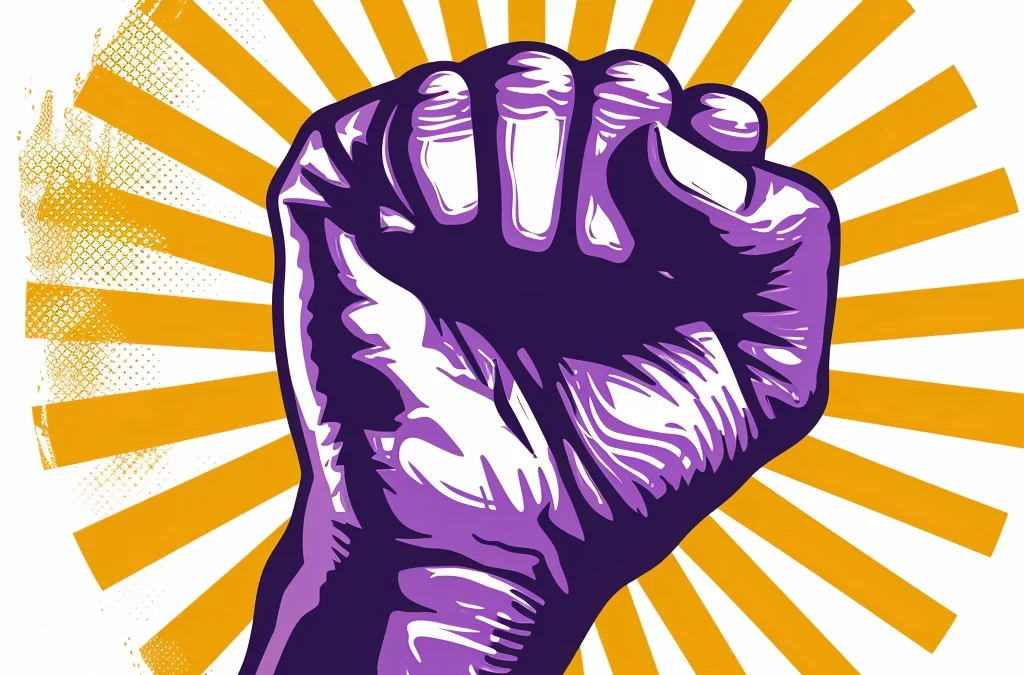Katherine Johnson: Fly Me to The Moon (1918-2020)
Katherine made history as one of the first African American women to work as a NASA scientist. Over a 33-year career, her work in calculating orbital mechanics by hand were critical to the success of the first U.S. crewed spaceflights. From John Glenn’s Mercury launch, through the Gemini and Apollo programs, and all the way to early work on the Space Shuttle program, Johnson earned a reputation for mastering complex manual calculations and helped to pioneer the use of computers to perform the tasks.
Katherine Johnson: Fly Me to The Moon (1918-2020)
Katherine made history as one of the first African American women to work as a NASA scientist. Over a 33-year career, her work in calculating orbital mechanics by hand were critical to the success of the first U.S. crewed spaceflights. From John Glenn’s Mercury launch, through the Gemini and Apollo programs, and all the way to early work on the Space Shuttle program, Johnson earned a reputation for mastering complex manual calculations and helped to pioneer the use of computers to perform the tasks.
Her story was commemorated in the 2016 feature film, Hidden Figures. Katherine Johnson’s contributions left an indelible mark on the space race. Honoring her legacy in 2019, NASA named its Independent Verification and Validation Facility (IV&V) after her — the place where NASA assures the safety and success the safety and success of software on its highest-profile missions.
Ellen Ochoa: The First Hispanic Woman in Space (1958-)
On April 8, 1993, Ellen Ochoa became the first Hispanic woman in history to rocket into space on a nine-day mission aboard the Space Shuttle Discovery. Ultimately, she would fly a total of four times, spending more than 1,000 hours in space.
Ochoa’s application to be an astronaut was twice denied, but she prevailed on the third attempt. She accomplished another career milestone by becoming the first Hispanic (and second female) director of the Johnson Space Center, which is the operational center of human spaceflight training, research, and flight control.
She’s the recipient of NASA’s Distinguished Service Medal and a member of the Astronaut Hall of Fame. Ellen Ochoa is a classical flautist, playing throughout college in both the marching band and the symphony. She took a flute with her on her first mission to space.
Betty Friedan: “You can have it all … just not at the same time.” (1921—2006)
In 1963, Betty Friedan published The Feminine Mystique, a book that is credited with sparking the “second wave” of feminism in the United States. It was a landmark call for women to have careers as well as families.
She delivered the message with a kind of primal scream of frustration and outrage that shook up a quiet, conservative country and compelled millions of women—particularly middle-class, college-educated women—to look up and say, “Wow, that’s me!”
Looking back, her politics seem very moderate. In the summer of 1966, Friedan and several other women co-founded NOW, the National Organization for Women. She also organized the National Women’s Political Caucus in 1971.
Among her many accomplishments, Friedan helped organize the nationwide Women’s Strike for Equality on August 26, 1970, on the 50th anniversary of the 19th Amendment to the U.S. Constitution (which granted women the right to vote). That day, 50,000 people marched down Fifth Avenue in New York City to demonstrate their support for the Equal Rights Amendment.
